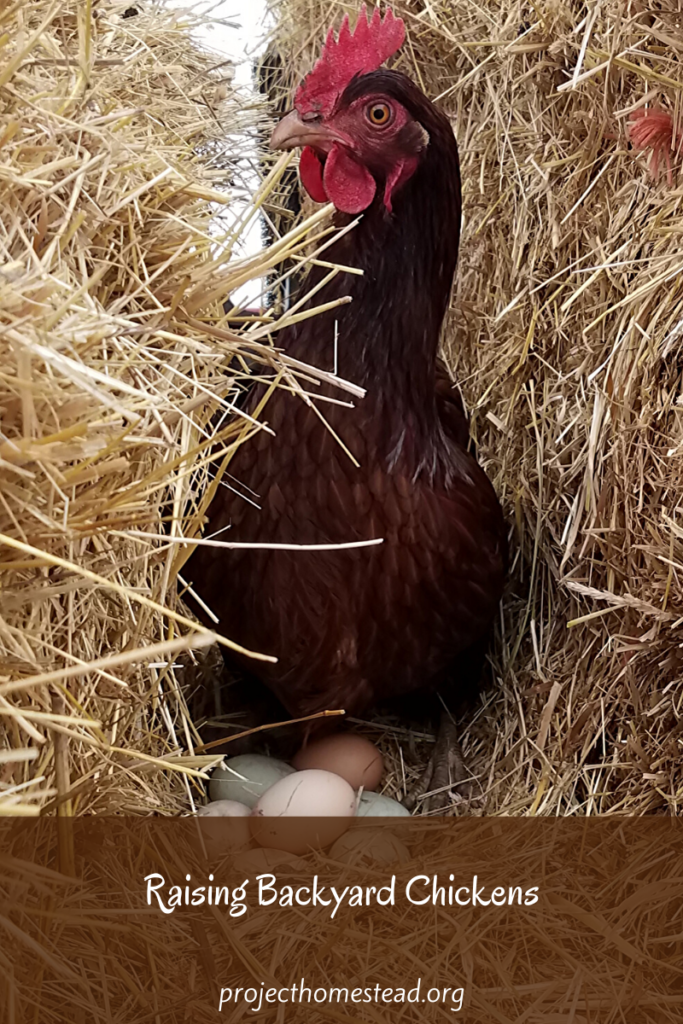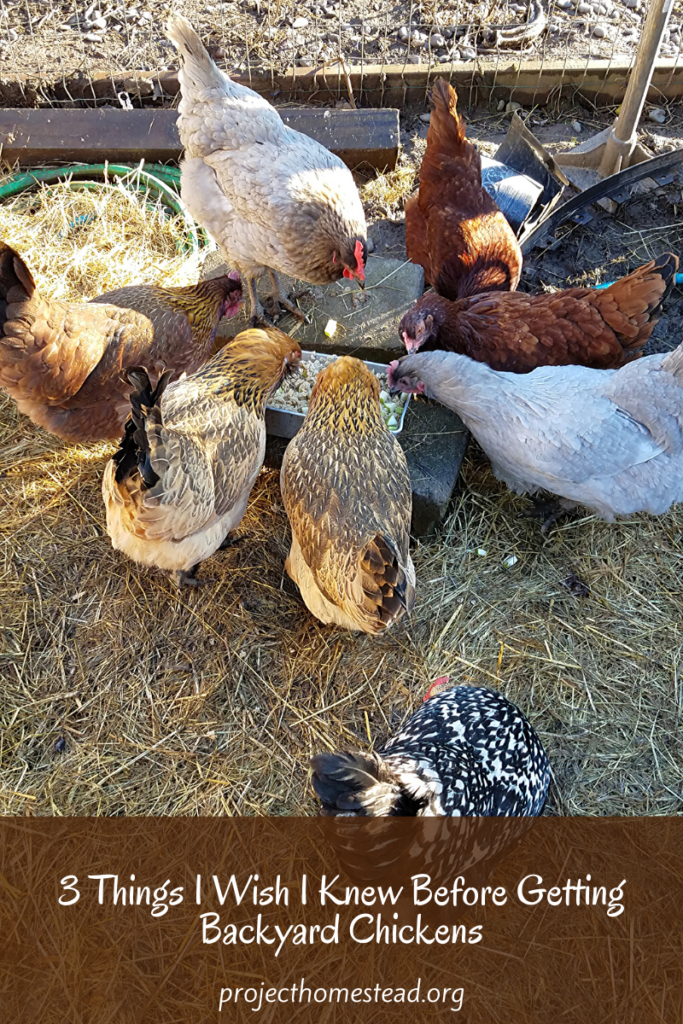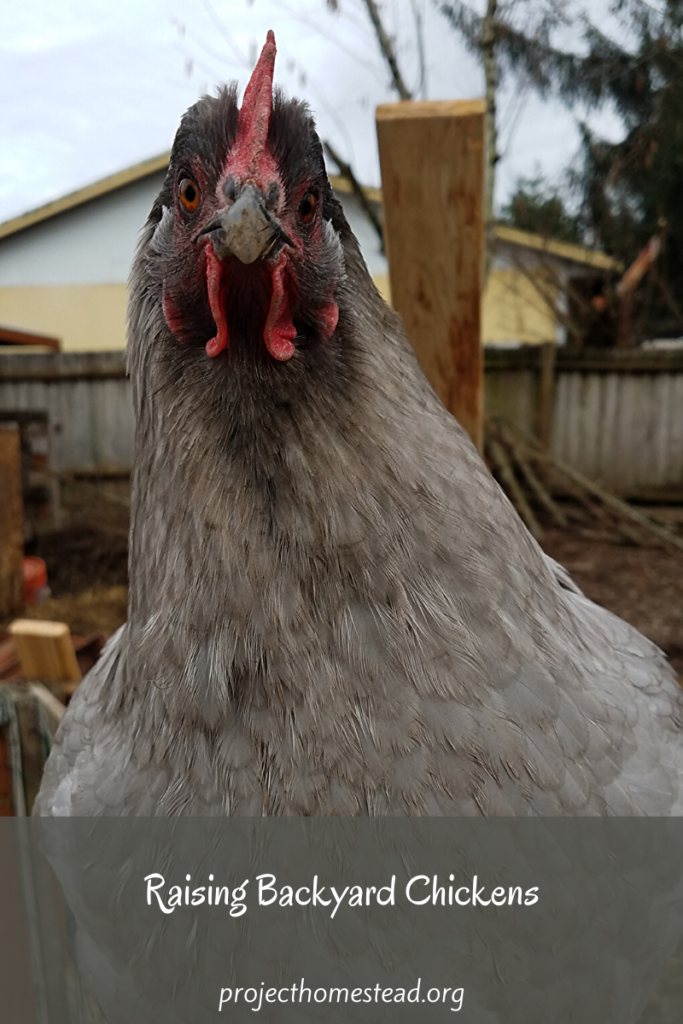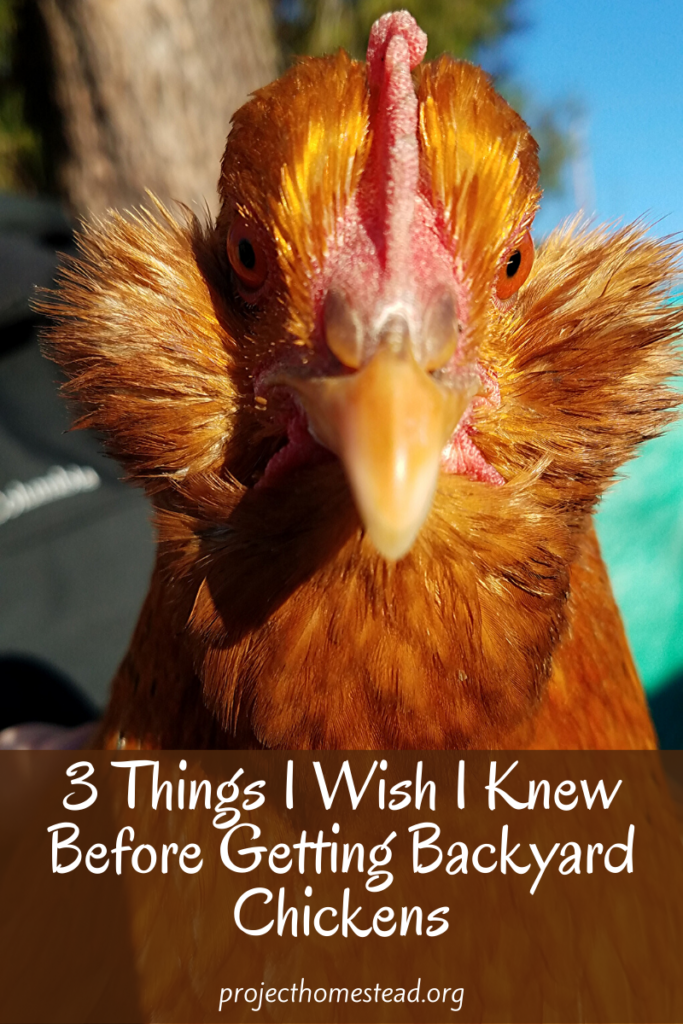
My husband and I ventured into the life of homesteading back in 2017. We had a good amount of knowledge on how to grow our own food. However, we wanted more. We wanted a lifestyle where we could not only grow and raise our own food, but also to rely more on ourselves. In 2017, about a year after we moved into a home on 1/3 of an acre, we dove into the homestead life.
Little did I know it would not be a slow ease into the lifestyle. We had talked about the different aspects of homesteading–chickens, pigs, a garden, and preserving our own food–but we didn’t quite have a game plan set. For those of you who don’t know me very well, I used to be one who needed to have everything planned out before I took any action. I had to have everything mapped out, the pros and cons, the dates, the what, who, when, where….all of it.
I remember coming home from work one day to my husband, telling me he had gotten us two chickens. Talk about diving headfirst into the deep end here! At first, I thought he was kidding; until I saw the chicken tractor with the two smallest chickens I’d ever seen.
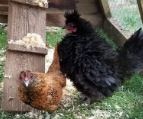
A mix of emotions came to me: excitement, panic, and a sense of “what one earth are we going to do with two chickens!” I had no idea how to care for these chickens and was shocked that my husband just got them on a whim.
At least, I thought it was just on a whim. It turns out that he had been doing a little bit of research the few weeks leading up to the arrival of Betty and Wilma. Within a couple of weeks, we had expanded our flock by, if I remember right, six. We inherited two additional coops, built a run for our girls, and began enjoying the benefits of farm fresh eggs right in our own backyard.
Over the last year and a half, we’ve added additional chickens, hatched our own chicks, lost a few, and have consistently found ways to improve the lives of our flocks. We are now up to 19 chickens. I never realized, until I owned chickens, just how many different varieties there are! In this time frame, you can bet we’ve learned a thing or two with raising these beautiful birds. I’d like to share three things we’ve learned throughout this process in hopes it’ll help you should you start your own flock.
Raising chickens is a lot of fun. Each one has their own personality. You get fresh eggs daily where, again; you know they’re nutritious and you know what went in them because you control the food that’s fed to your hens.

Tip #1: Introducing New Chickens to the Flock.
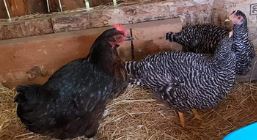
One thing we learned rather quickly was that chickens have a pecking order. How I like to explain what this is, is a basic challenge of authority. The “leader(s)” of the flock will peck the other chickens to keep them in line. The pecking order also changes every so often, even if you’ve had the same birds for a long amount of time.
When introducing new chickens, I don’t recommend just throwing them into the run. There are a few ways to slowly introduce them to the other chickens to help minimize the chances of them being bullied too much. We learned this the hard way.
If you have a separate area you can put them in, that’s borderline to the main run, I suggest putting them in there for a week or two. This allows them to be confined to the separate area, but it also gives the other chickens a chance to see who’s there and get familiar with them. We have a big rabbit hutch we converted into a chicken coop and have also used a chicken tractor in the past. Both were just placed in the middle of the run.
If you can’t separate them, introduce the new chickens at night. You’ll do this same thing after taking them out of the confined area. When all the other chickens have gone to bed, put your new chickens into the coop with them. It’s said that when they all wake up and see new chickens in there, they tend to accept them because it’s as if they’ve been there the whole time. I’ve never fully understood the logic behind it, but it definitely works better than when we’ve introduced them during the day. Remember, the pecking order will still take effect; but, that’s just normal chicken behavior.
Tip #2: Vegetation in the Run.

When we got our chickens, we let them free range in the garden area (this was after garden season). Eventually, we opened the gate to allow them access to all the grass in our yard. Now we have two Jack Russell Terriers. Needless to say, it was a challenge getting all the chickens back into the garden area so we could let the dogs go outside. Once garden season started up, we built a separate chicken run. Within just a matter of weeks, they ate all the vegetation in their area!
We try to let our girls free range as much as possible. However, with our current setup and with our dogs, we have some limitations. We aren’t able to rotate the run like other folks, and we can’t let them roam out into the yard.
So, what do you do when your chickens have eaten all the vegetation, cannot be rotated, and the chances of you being able to grow grass or other sorts of plants is zero because it’ll be gone before it even develops the leaves? Grass boxes! These are basically just a raised bed covered with hardware cloth. The hardware cloth provides a barrier so that the chickens can’t get into the raised bed and scratch at the dirt. The grass, and any small weeds, grows up through the holes of the hardware cloth giving the chickens an opportunity for some fresh greens.
You want to make sure that the holes in the hardware cloth are small enough to not allow your chickens’ beaks to peck down into the dirt. This way they’re just getting the top bits of grass, which allows it to continue to grow.
Another thing we do for them is provide them any grass clippings when we mow the lawn, any weeds from the garden that we pull, old plants that are done producing, on top of their normal table scraps. This way they can get fresh greens and a good diet variety.
Tip #3: Fencing.
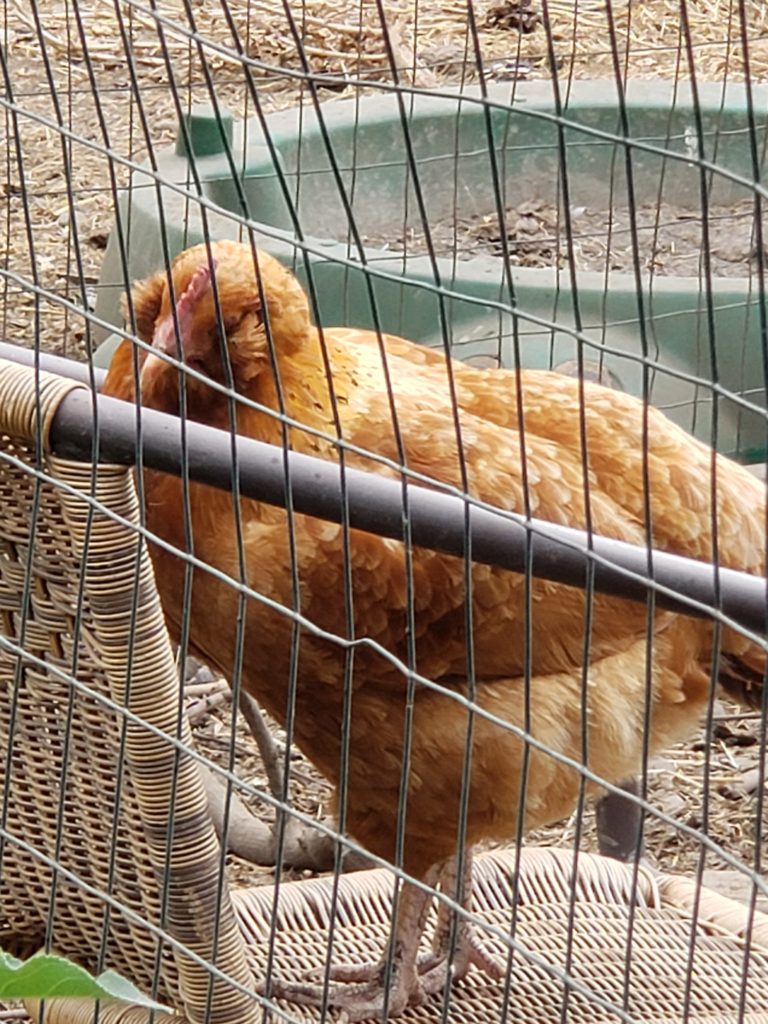
We learned real fast that chickens can jump pretty high, even with their wings clipped! At first, the fences surrounding the chicken run were only about 4’ tall. When they’re determined to get into the garden and yard, they will find a way. Our first attempt at keeping them within the run was using netting around the fence and over the area. This not only kept them inside the run, but it also kept predators out. At least that’s what we were trying to do. However, it didn’t hold up very well and our girls still tried escaping. We later took the netting down and expanded our fence to reach about 8’ tall. So far, it seems to be working!
The lesson we learned from this? Build high! Also, if you are in an area that has predators like hawks and owls, consider covering the run with something to keep them out. Or, like in our case, make the run full of hiding spots and obstacles that make it hard for hawks and owls to get through.
We’ve definitely learned our fair share of do’s and don’ts with chickens over the last couple of years. Some were learned the hard way (like the three mentioned above) and others we were smart about and did some research on.
Owning chickens is such a neat experience. I absolutely enjoy watching them from my porch and hanging out with them at the end of the day. Each one has their own personality. Some are more timid and will run from us, while others immediately greet us in hopes to be held or petted. They love striking up a conversation, too! They’ll talk your ear off for hours if you let them. Especially if treats are involved (or lack of).
If you’re ever considering owing your own flock of backyard chickens, definitely do some research before you make an impulse decision. While our decision hasn’t turned out badly, it has had its obstacles.
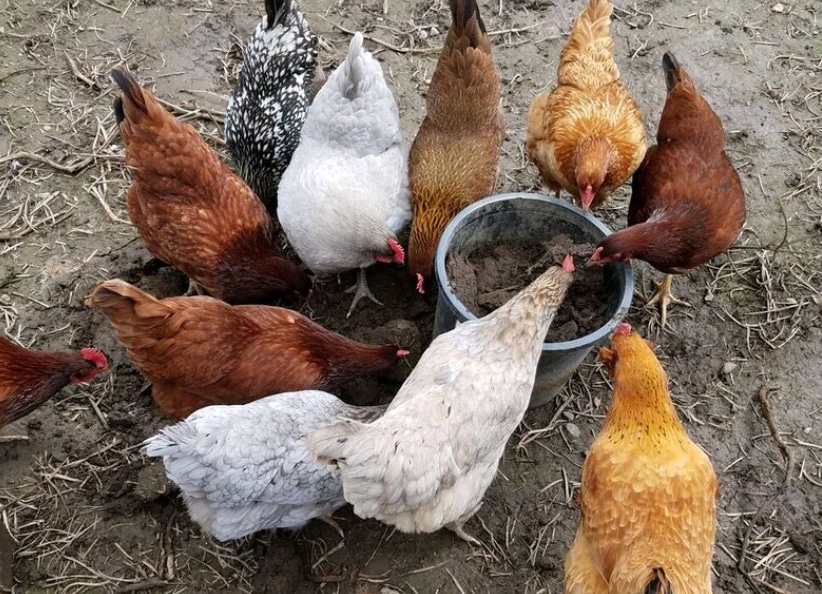
For other tips and free trainings, come join us in our free Facebook group, Sustainable Living with Project Homestead.
Check out our other blog posts here.
P.S. I would love to know what your key takeaways are from this blog post. Please drop a comment below, or feel free to share on Instragram, Pinterest, or in our Facebook group.

